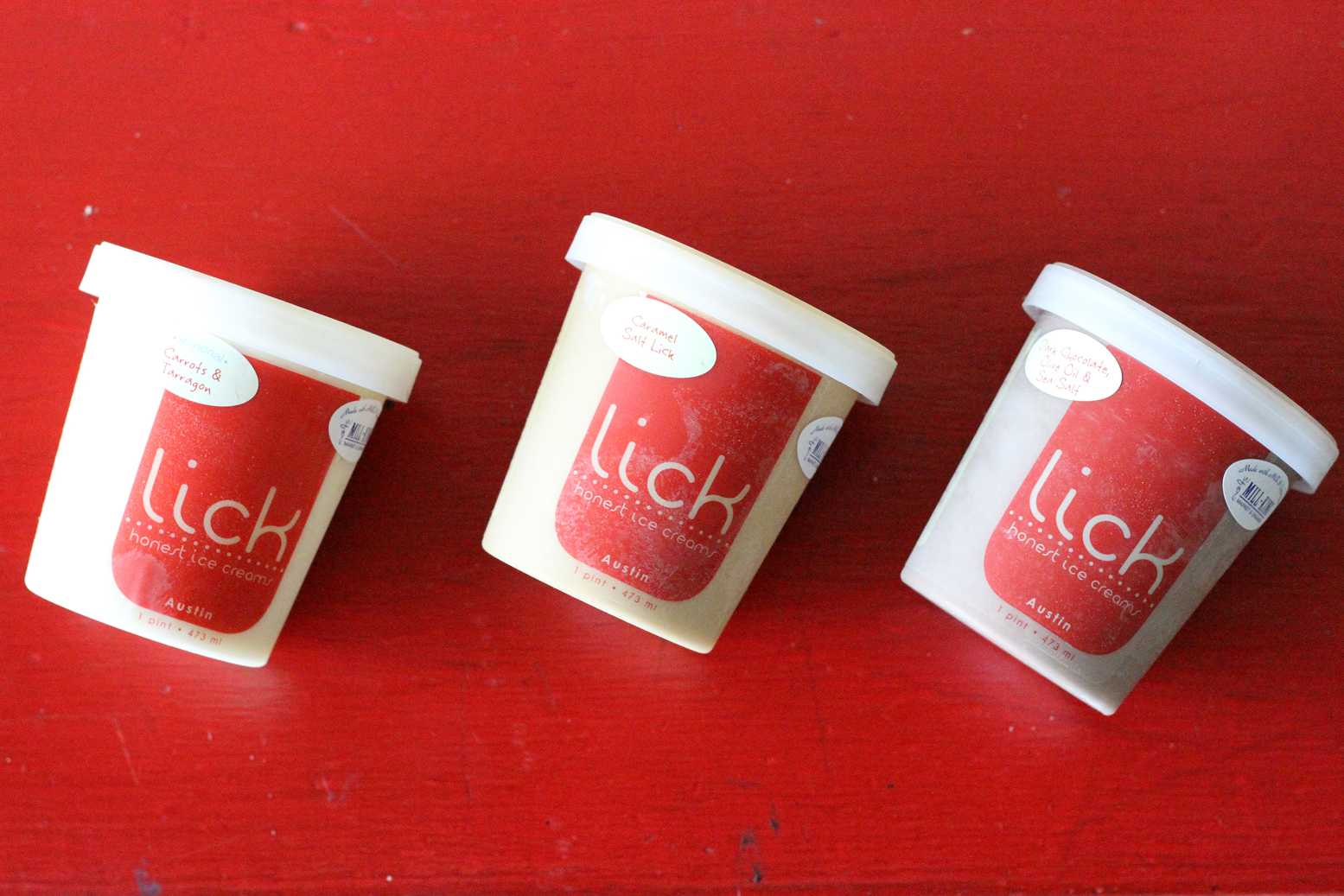Known as the “fifth taste” in the culinary world, umami is a desirable and savory balancing component to a finished edible item. This component snakes its way into dishes that are both salty and sweet. Often met with blank, confused stares, the word “umami” is a typically unheard of concept in American culture. After paving its way through the thresholds of Japanese cuisine, and into more Americanized culinary outlets, umami’s conceptual popularity is rising tremendously and being implemented into a range of eclectic dishes.
Story by Anshuman Singhal
Photos by Jamie Medina
Umami is a popular, well-sought after sensation used in Japan’s culinary circle, and reflects the idea of standing out from, and yet being akin to the many sensations of Japanese cuisine. Japan’s five staple senses of taste are saltiness, sweetness, bitterness and sourness — with umami coming in last, and taking its place at the pedestal of the most desirable taste of them all. Umami is described as a pleasant, indescribable flavor — one that is key to the balance of the subtle nuances of the many flavorings within a dish. With notes that are deeply enticing, adding an irresistible flavor of savoriness and spark wherever present, umami is the notion of striking balance in a dish.
Sprinkling a mix of crisp, meticulously-cut purple and green onions upon an array of crispy fried beets, chef Henry Trautwein of East Side King’s Hole in the Wall location in Austin aspires to strike a balance in his Asian-American fusion dish — adding flavor without overpowering the star of the dish, the beets. To diverge from bland roasted or boiled beets, Trautwein first marinades the beets in vinegar, then deep-fries them until they are crispy. The beets are then coated in a mix of coarse sea salt and a spice blend comprised of ground red chili peppers, citrus zest and sesame seeds, known as togarashi. “We toss the beets in the togarashi and marinate them in vinegar so you get that real tang — the essence of umami,” Trautwein says. “Whether we’re doing the Chicken Tortilla Soup-inspired Ramen or the Crispy Beet Home Fries, we always try and incorporate the concept of umami in our dishes. If you’re smart about it, you can incorporate it into vegan flavors and vegan ingredients.”
Anne Daniels, the manager of Mother’s Cafe in Austin, has her chefs set out to reach a similar goal — and they’re smart about it. As a vegetarian and vegan cafe, mimicking the flavors of umami often found in a prime quality steak is not always easy, but Daniels’ team makes use of the abundance of produce, nuts and condiments found in their kitchen. “At Mother’s Cafe, we begin each soup and many of our sauces with the roasting of vegetables and/or nuts with olive oil and tamari — organic soy sauce,” Daniels says. “The end result ends up being richer and saltier than merely adding or stir-frying the ingredients into the dish.”
Daniels adds that incorporating umami elevates a dish to a new level. “My own definition of umami would be a familiar and satisfying taste that becomes a craving for more of that same taste,” she says. “All other flavors are familiar and enjoyable, but umami is something unique.”
Not solely a concept found in savory dishes, umami has also weaved its way into desserts, such as the flavors at Lick Ice Creams in Austin. With original flavors such as goat cheese, thyme and honey or carrots and tarragon, Lick boasts unconventional ice cream flavors that are balanced to the tee, according to ice cream server Rosemary Nolen. “Our flavor caramel salt lick, for example, incorporates the sweet and salty at the same time,” Nolen says. “The same goes for our chocolate, olive oil and sea salt—the olive oil kind of tames the bitterness and subtle sweetness of the dark chocolate, and the sea salt just kind of adds that salty pop.”
Nolen says that Lick caramelizes vegetables to obtain optimal sweetness, such as those found in their carrots and tarragon flavor. She added that local tarragon, a licorice-tasting herb, is used to add a subtler, sweeter flavor than its domestic counterpart.
Ice cream connoisseur and server at Lick, Rosemary Nolen, has a simple way to sum up the fifth taste. “It just hits all of the notes at the same time and brings it all together. Umami makes it all balanced and delicious,” Nolen says.
And when it comes to adding umami to home cooking, Trautwein suggests a few ingredients. “Fish sauce, fish sauce, fish sauce! If not, soy sauce and vinegar. You want a rich and tangy flavor, and those are just all good stand-bys,” Trautwein says. “Anybody looking to spice up their cooking, be a little bit more liberal with the fish sauce and vinegar.”
Whether it’s a dish that is primarily savory or sweet, main course, dessert or appetizer, umami snakes its way into all sorts of palates. With practice and knowledge of ingredients, umami can be obtained by the home cook or restaurant chef alike.














































